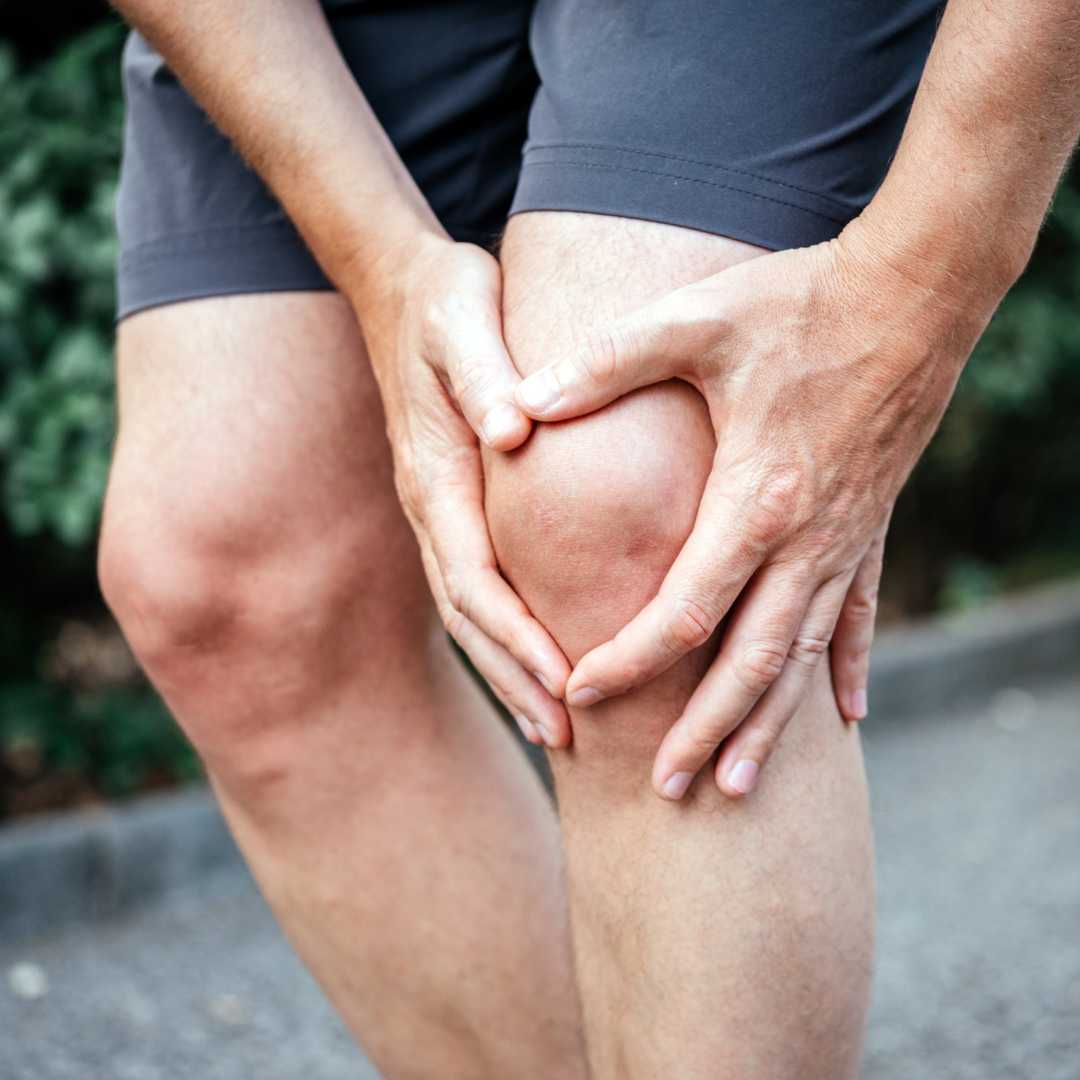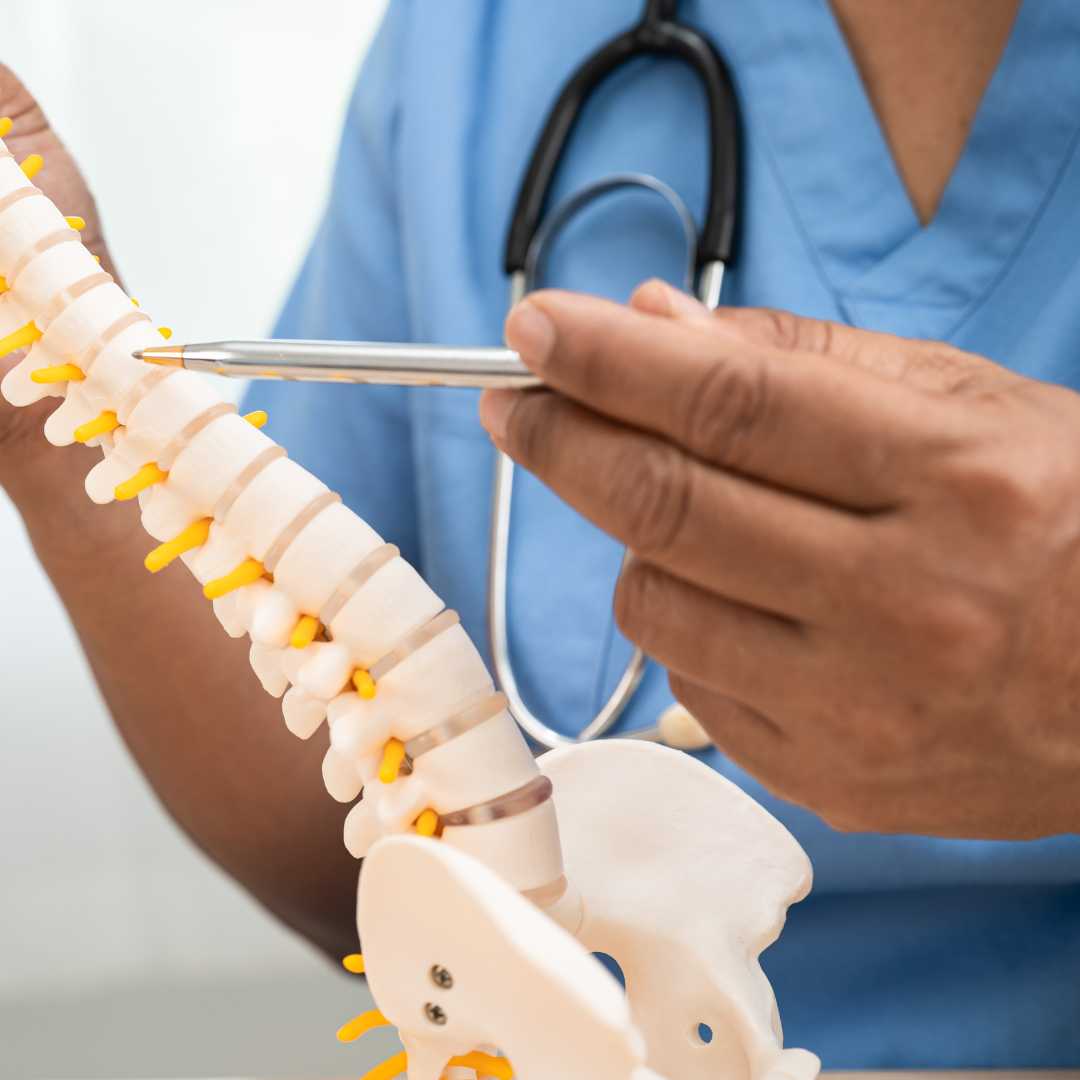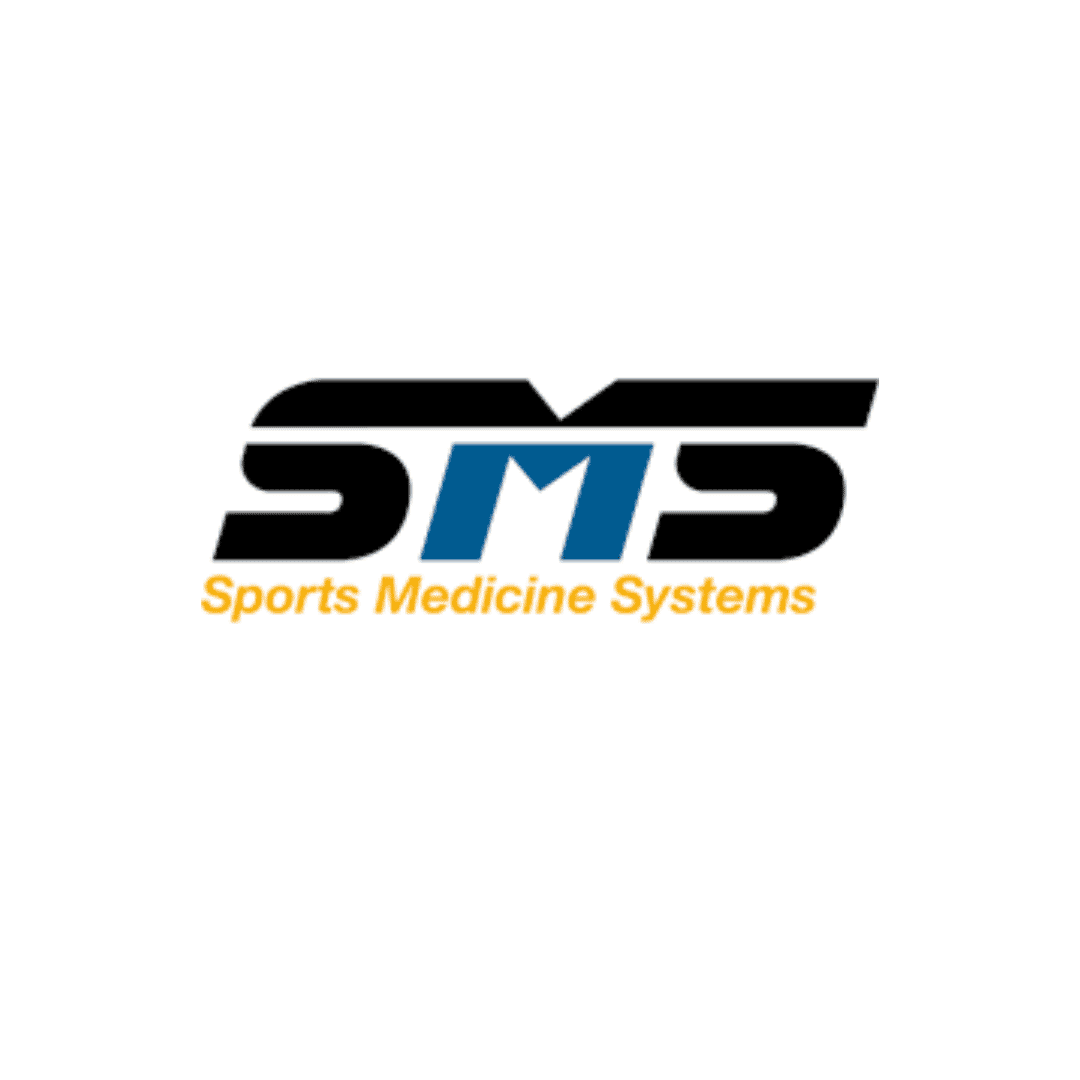Understanding ACL Repair in Mexico
.jpg)
If you've recently experienced an anterior cruciate ligament (ACL) injury, you're likely facing a lot of questions about treatment options, especially if you're considering medical care abroad. One of the most common and crucial questions revolves around the type of graft used for ACL repair.
In Mexico, a popular destination for medical tourism, orthopedic surgeons are highly skilled in a variety of ACL reconstruction techniques, employing both autografts and allografts to help patients regain stability and function in their knees. Understanding these options is key to making an informed decision about your surgery.
Generally, for ACL repair in Mexico, the primary graft types fall into two categories: autografts, which are tissues taken from your own body, and allografts, which come from a deceased donor.
Each type has its own set of advantages and considerations, and the best choice for you will depend on factors like your age, activity level, medical history, and the surgeon's recommendation. We'll explore these options in detail, shedding light on the procedures, recovery, and what makes Mexico a sought-after location for this specialized orthopedic surgery.
What Types of Grafts Are Commonly Used for ACL Repair in Mexico?
When you undergo ACL reconstruction in Mexico, surgeons typically use one of two main categories of grafts: autografts or allografts. Autografts are considered the "gold standard" by many surgeons due to their biological compatibility and reduced risk of disease transmission or immune rejection. These are harvested from the patient's own body, usually from the knee area or thigh, and include the patellar tendon, hamstring tendons, or quadriceps tendon.
Allografts, on the other hand, are tissues taken from a deceased donor. These grafts are carefully screened and processed to ensure safety and minimize risks. The choice between an autograft and an allograft for ACL repair in Mexico is a collaborative decision between the patient and surgeon, weighing factors such as the patient's age, activity level, potential donor site morbidity, and desired recovery timeline. Both options have proven track records in restoring knee stability.
What is an Autograft in ACL Surgery?
An autograft is tissue taken from one part of your body and transplanted to another part of your body. In the context of ACL repair, this means a section of your own tendon is used to replace your torn ACL. This method has several advantages, primarily because the tissue is biologically your own, eliminating the risk of immune rejection and disease transmission. The body recognizes its own cells, which can lead to a more predictable healing process.
The most common sites for autograft harvesting are:
- Patellar Tendon Autograft (BTB Graft): A section of the patellar tendon along with small bone blocks from the patella (kneecap) and tibia (shin bone) is used. Known for its strong bone-to-bone healing, making it very robust.
- Hamstring Tendon Autograft: Typically involves using two of the hamstring tendons (semitendinosus and gracilis), which are then folded to create a multi-stranded graft. This option often results in less anterior knee pain post-surgery compared to the patellar tendon.
- Quadriceps Tendon Autograft: A section of the quadriceps tendon, sometimes with a bone block from the patella, is harvested. This is gaining popularity due to its strength and minimal donor site morbidity.
The choice among these autograft types for ACL repair in Mexico often depends on the surgeon's expertise and the patient's specific needs and activity level.
What is an Allograft in ACL Surgery?
An allograft for ACL repair means that the new ligament comes from a deceased human donor. These grafts are sourced from tissue banks, where they undergo rigorous screening for diseases and are meticulously processed to ensure their sterility and safety. Allografts can include patellar tendon, hamstring tendon, or Achilles tendon tissue, among others.
One of the primary benefits of using an allograft for ACL repair in Mexico is that it avoids the need to harvest tissue from the patient's own body. This means no additional surgical incision site and potentially less pain and a faster initial recovery from the graft harvesting procedure itself.
This can be particularly appealing to older patients, those undergoing revision surgeries, or individuals who want to minimize donor site morbidity. However, allografts may have a slightly higher re-rupture rate in very young, active patients, and there's a very small, albeit rare, risk of disease transmission or immune response, despite extensive processing.
Which Graft Type is Better for ACL Reconstruction: Autograft or Allograft?
There isn't a universally "better" graft type for ACL reconstruction; the optimal choice for ACL repair in Mexico is highly individualized. Each type has its own set of pros and cons that need to be weighed against the patient's specific circumstances, lifestyle, and goals.
Autograft Considerations:
- Pros: Excellent strength, lower re-rupture rates, especially in younger, highly active individuals, no risk of disease transmission.
- Cons: Requires an additional incision and harvesting procedure, which can lead to donor site pain, weakness, or numbness, and potentially a slightly longer overall recovery due to graft site healing.
Allograft Considerations:
- Pros: No donor site morbidity (less pain and faster initial recovery from graft harvesting), shorter operative time.
- Cons: Slightly higher re-rupture rate in young, very active individuals, very small risk of disease transmission or immune rejection, may take longer for the graft to incorporate fully.
Ultimately, discussing these factors with your surgeon in Mexico will help determine the most suitable graft type for your ACL repair.
What are the Advantages of Using a Patellar Tendon Graft for ACL Repair?
The patellar tendon autograft, often referred to as the bone-patellar tendon-bone (BTB) graft, has long been a favored choice for ACL repair, particularly for athletes. Its main advantage lies in its bone-to-bone healing properties. When the graft is secured into tunnels drilled in the femur and tibia, the bone blocks from the patella and tibia heal directly into the surrounding bone, creating a very strong and stable reconstruction.
This robust healing mechanism translates to excellent initial fixation strength, which can be beneficial for early rehabilitation and return to demanding activities. Many surgeons performing ACL repair in Mexico favor the BTB graft for patients who require maximum knee stability, such as professional athletes or individuals involved in high-impact sports.
While it may sometimes lead to more anterior knee pain or kneeling discomfort compared to other autografts, its track record for long-term stability is highly regarded.
What are the Benefits of Using a Hamstring Tendon Graft for ACL Repair?
The hamstring tendon autograft, typically using the semitendinosus and gracilis tendons, is another widely used option for ACL repair in Mexico. A significant benefit of this graft type is the reduced incidence of anterior knee pain and issues related to kneeling, which can sometimes be a concern with patellar tendon grafts. The incision for harvesting hamstring tendons is also often smaller and less conspicuous.
By doubling or quadrupling the hamstring tendons, surgeons create a strong, multi-stranded graft that effectively mimics the natural ACL. While hamstring strength might be temporarily affected after harvesting, most patients regain full or near-full strength over time, and the long-term functional outcomes are excellent. Patients often appreciate the potential for a less painful immediate post-operative recovery, making it a popular choice for many seeking ACL reconstruction.
How Much Does ACL Repair Surgery Typically Cost in Mexico?
One of the compelling reasons many individuals consider ACL repair in Mexico is the significant cost savings compared to countries like the United States or Canada. While prices can vary, a typical ACL reconstruction surgery in Mexico might range from $5,000 to $12,000. This estimate usually includes the surgeon's fees, anesthesia, hospital stay, and the graft itself.
In contrast, the same procedure in the US can easily exceed $20,000 to $50,000, making Mexico an attractive option for those without comprehensive insurance or seeking more affordable, high-quality care. It's important to get a detailed quote that outlines all expenses, including pre-operative consultations, post-operative physical therapy, and any necessary follow-up appointments when planning your medical trip.
Why Do Patients Choose Mexico for ACL Reconstruction?
Mexico has emerged as a leading destination for medical tourism, and ACL reconstruction is one of the procedures attracting international patients. Several factors contribute to this popularity:
- Affordability: As mentioned, the cost of ACL repair in Mexico is a fraction of what it is in many Western countries, without compromising on quality.
- Quality of Care: Many Mexican hospitals and clinics boast international accreditations and are equipped with state-of-the-art technology. Surgeons often receive training in the US or Europe and are highly experienced.
- Accessibility: For patients in the US and Canada, Mexico is geographically convenient, with many cities easily reachable by air or even by car, especially for those in border states.
- Reduced Wait Times: While some countries have long waiting lists for orthopedic procedures, Mexico often provides faster access to surgery.
These combined advantages make Mexico a compelling choice for individuals seeking effective and affordable ACL repair.
What Should International Patients Consider When Planning ACL Surgery in Mexico?
Planning ACL surgery as an international patient requires careful consideration to ensure a safe and successful outcome. When considering ACL repair in Mexico, keep these points in mind:
- Research Clinics and Surgeons: Look for internationally accredited facilities (e.g., JCI accreditation) and surgeons with extensive experience in ACL reconstruction, verified credentials, and positive patient reviews.
- Communication: Ensure the medical team, including the surgeon and support staff, is fluent in English or your preferred language to avoid miscommunication regarding your care.
- Travel and Accommodation: Plan your travel, accommodation, and local transportation. Many medical tourism facilitators can assist with these logistics.
- Post-operative Care and Rehabilitation: Understand the post-operative physical therapy plan. You may start initial therapy in Mexico and continue upon your return home. Ensure seamless communication between your Mexican surgeon and your home-based physical therapist.
- Medical Travel Insurance: Consider purchasing medical travel insurance that covers unforeseen complications, as standard health insurance may not cover international procedures.
Thorough preparation will contribute significantly to a positive experience during your ACL repair journey in Mexico.
What is the Recovery Process Like After ACL Surgery with a Graft?
Regardless of the graft type used for ACL repair in Mexico, the recovery process is crucial and follows a similar, structured rehabilitation protocol. The journey typically lasts 6 to 12 months, sometimes longer, depending on individual progress and activity goals.
The recovery is typically divided into phases:
- Phase 1 (Weeks 0-2): Focus on reducing swelling, protecting the graft, achieving full knee extension, and regaining quadriceps control. Crutches are usually required.
- Phase 2 (Weeks 2-6): Progress to strengthening exercises, improving range of motion, and starting light weight-bearing activities. The goal is to walk without crutches.
- Phase 3 (Months 2-4): Build strength and endurance. Introduce light jogging, balance, and proprioception exercises.
- Phase 4 (Months 4-6+): Advanced strengthening, agility drills, and sport-specific training. Gradual return to activities, often cleared for non-contact sports.
- Phase 5 (Months 6-12+): Full return to sports and high-impact activities, once the surgeon and physical therapist deem it safe based on strength, stability, and functional testing.
Adherence to the physical therapy program is paramount for the long-term success of your ACL repair.
Considering ACL repair in Mexico or other medical tourism options? Explore PlacidWay's solutions today to connect with world-class healthcare providers and find the best care for your needs.


.png)


.png)



.png)







Share this listing